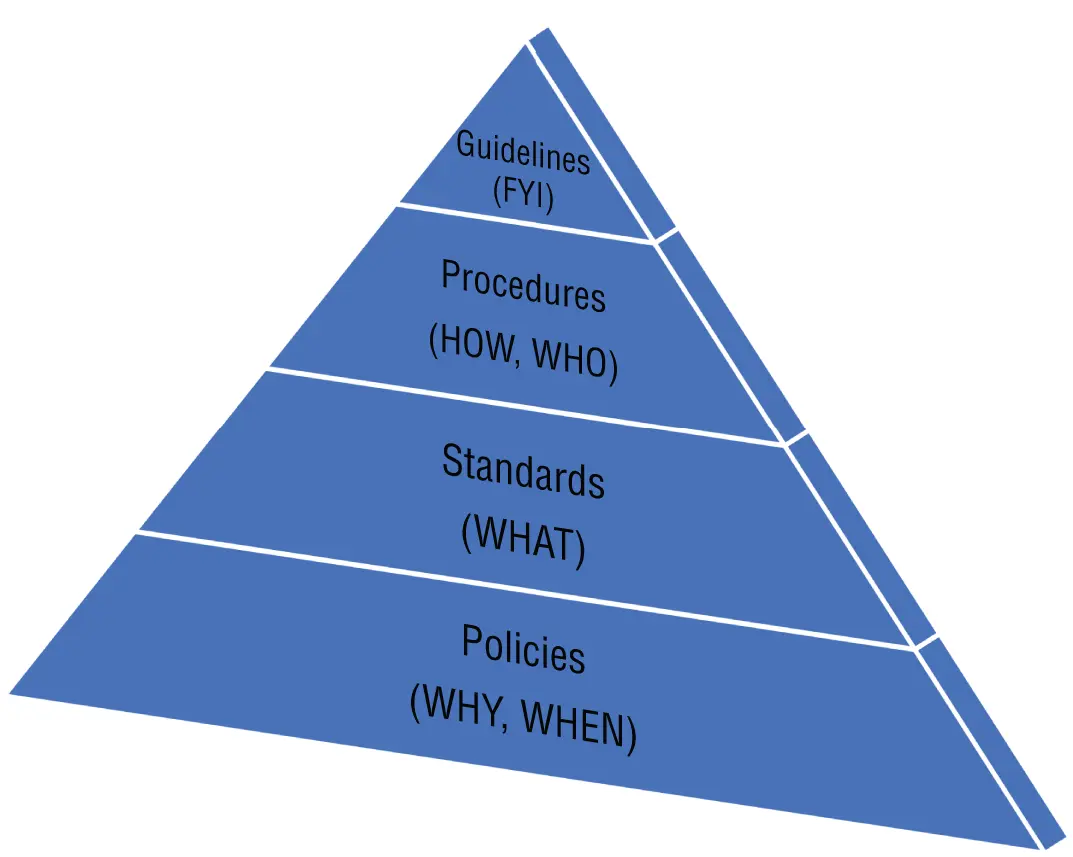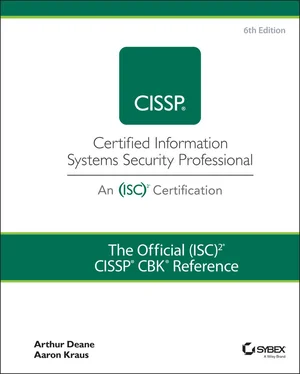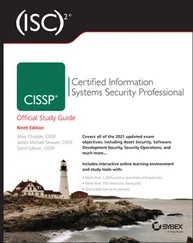Government agencies perform regulatory investigations to determine whether sufficient evidence exists to prove some violation of rules or regulations. These agencies have the authority and discretion to decide when to perform investigations. These agencies have their own internal investigators, prosecutors, and courts for their proceedings. Regulators can also demand information from target organizations or utilize audit report data in addition to or instead of performing their own investigations.
The burden of proof for regulatory investigations is the preponderance of the evidence, and the penalties typically involve fines and injunctions. There are, however, instances where regulators call for referral to criminal law enforcement that may result in prison time.
Investigation is a broad term. There are currently many standards and guidelines offered in this realm, some of which are dependent on the jurisdiction or industry in which the organization operates. This section takes a quick look at some of the most common standards and guidelines that are related to investigations.
ISO/IEC 27043:2015 recommends procedural steps for conducting security incident investigations. These guidelines cover many incident scenarios from the preparation phase all the way through to the conclusion of the investigation. The scenarios covered include incidents such as data loss or corruption, unauthorized access, and confirmed data breaches.
ISO/IEC 27037:2012 provides guidelines for handling digital evidence. This is covered through a four-step process of identification, collection, acquisition, and preservation. Evidence collection and handling is covered across many types of media and scenarios, including magnetic and optical storage media, mobile devices, camera systems, standard computers, and collecting network traffic data from network devices. This publication also covers chain of custody procedures and how to properly exchange evidence between jurisdictions.
NIST SP 800-86, “Guide to Integrating Forensic Techniques into Incident Response,” overlaps significantly in terms of content with the two previous sources. It is the NIST perspective on the digital forensic process. It details how to build a forensic capability within your organization, what that means, and which tools and training your staff will need. The publication also describes how to structure forensic policies, standards, and procedures for your organization and what they should contain. Most importantly, NIST SP 800-86 describes the digital forensic process overall in four phases: collection, examination, analysis, and reporting.
NIST SP 800-101 Revision 1, “Guidelines on Mobile Device Forensics,” has a self-explanatory title. It covers the unique requirements for acquiring, preserving, examining, analyzing, and reporting on the digital evidence present on mobile devices. The technical differences associated with mobile devices are discussed, such as differences in memory type and file structure that affect evidence collection. The publication also discusses sensitive areas that may arise when a mobile device is privately owned.
As you can see from this list of industry standards, evidence management and digital forensics are at the heart of conducting technology-based investigations. Domain 7of the CISSP CBK covers Security Operations, and we further discuss understanding and complying with investigations in Chapter 7of this book.
DEVELOP, DOCUMENT, AND IMPLEMENT SECURITY POLICY, STANDARDS, PROCEDURES, AND GUIDELINES
Although technical security controls like firewalls, encryption, and sophisticated access control mechanisms are incredibly important in maintaining the security of your organization's data, documents such as policies, standards, procedures, and guidelines are the most essential components of an information security program. Each of these documents is different, yet they are closely related and work together to guide your organization's behavior. Figure 1.3 shows the relationship that policies, standards, procedures, and guidelines have with each other.
A policy is a formal set of statements that establish a system of principles to guide decisions and actions. More specifically, a security policy is a set of statements that identifies the principles and rules that govern an organization's protection of information systems and data. Policies can be company-wide, system-specific, or issue-specific (e.g., an incident response policy). Some common examples of security policies include the following:
Acceptable use policy
Access control policy
Change management policy
Remote access policy
Disaster recover policy

FIGURE 1.3 Relationship between policies, procedures, standards, and guidelines
Policies set the foundation for your organization's security program and are typically written to be broad enough to be applicable and relevant for many years. Much like the foundation of a building, security policies should survive long-term and are less likely to change than other documents, although they should be periodically reviewed and updated, as necessary. Standards, procedures, and guidelines are supporting elements that provide specific details to a complement an organization's policies.
Standards are specific and granular requirements that give direction to support broader, higher-level policies. Standards establish specific behavior and actions that must be followed and enforced to satisfy policies. Standards may be mandatory for a given organization, if mandated by contract or law. The Federal Information Processing Standards (FIPS), for example, are publicly announced standards that were developed by NIST to establish various security requirements for U.S. government agencies; FIPS 140-2, for example, is a standard that establishes security requirements for cryptographic modules. Within this standard, there are specific encryption devices that are permitted and prohibited for use within U.S. government systems.
Baselines are related to standards and establish a minimum level of a security for a system, network, or device. For example, your organization might maintain individual baselines for each operating system that the company uses. Each of these baselines should identify what specific settings, applications, and configurations must be in place to meet your company's security standards and policies. While not specifically called out in the CISSP CBK, you should be familiar with baselines and understand how they fit into the bigger picture.
As a subset of baselines, security baselines express the minimum set of security controls necessary to safeguard the CIA and other security properties for a particular configuration. Scoping guidance is often published as part of a baseline, defining the range of deviation from the baseline that is acceptable for a particular baseline. Once scoping guidance has been established, then tailoring is performed to apply a particular set of controls to achieve the baseline within the scoping guidance. Scoping and tailoring is further discussed in Chapter 2, “Asset Security.”
A procedure is a detailed step-by-step guide to achieve a particular goal or requirement. Procedures tell you how to implement your policies and how to meet your standards and baselines. Some common examples of security procedures include the following:
Vulnerability scanning procedures
Читать дальше













